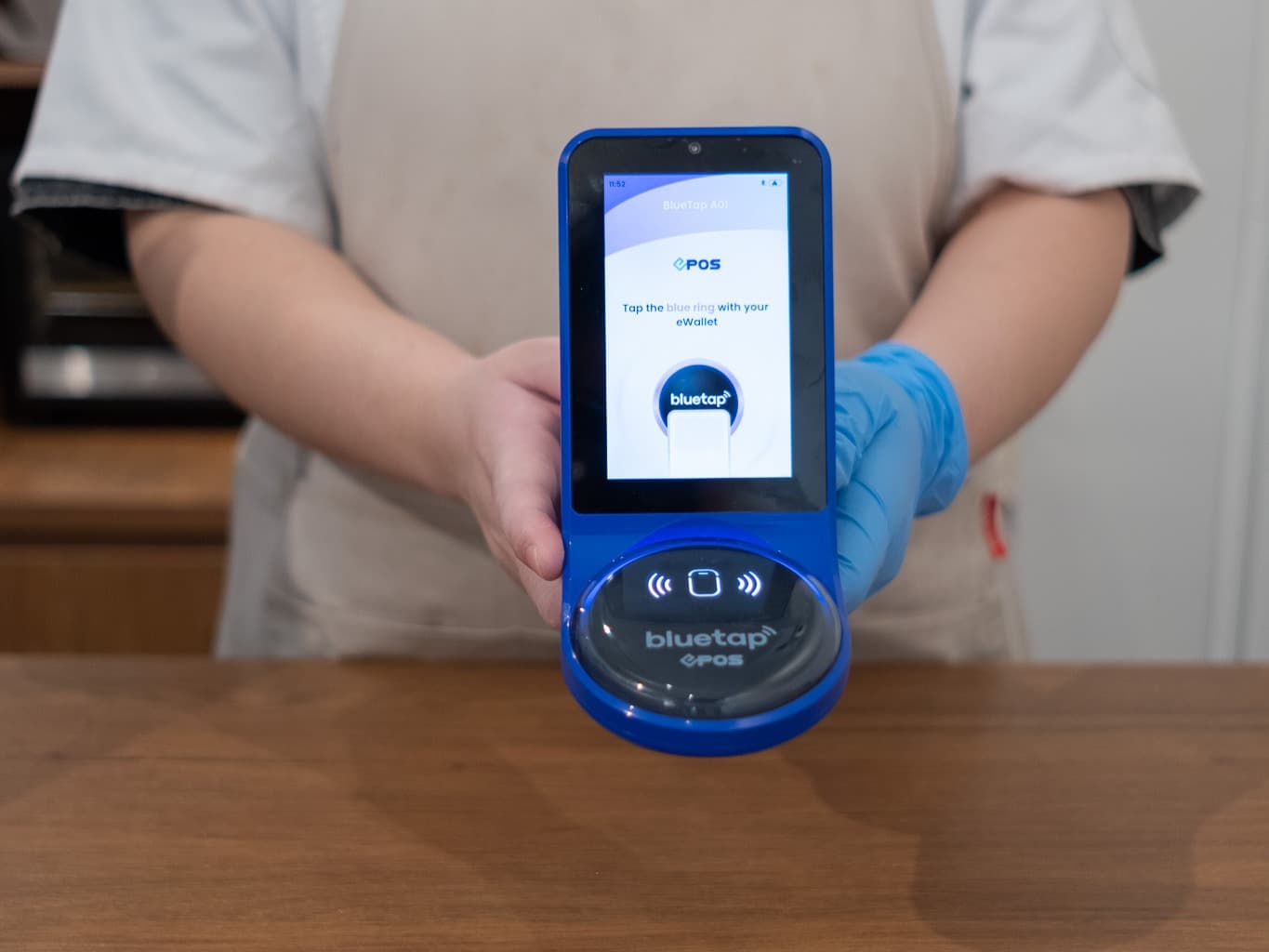On behalf of: Xeinadin Group
Pressure on academy schools’ budgets is as great as ever, according to the 2022 Academies Benchmarking Report1from Xeinadin, the UK and Ireland based business advisory and accountancy group.
The report reveals that as costs rise, on average primary schools are spending £5,000 per pupil per year with secondary schools recording a figure of just under £7,415, both slightly down on the previous year. By contrast, Multi-Academy Trusts (MATs) are spending £8,199 per pupil per year – a 33% increase on the previous year.
Xeinadin, which provides a wide range of consultancy, audit, cloud accounting and payroll services for academies, says average expenditure is higher than the average level of grant funding, meaning an academy must generate an element of its own income to subsidise a shortfall in grant funding.
The group says the ability to self generate revenue can make a big difference to the challenge of balancing the budget for academies. The majority of income to academies comes in the form of Government Grants provided through the Education and Skills Funding Agency (ESFA). Predominantly, this is the General Annual Grant (GAG) and Pupil Premium. With funding and budgets becoming increasingly tight, there has been a need for academies to generate their own income, generally in the form of Trading Income as well as donations and legacies.
In the primary schools and secondary schools surveyed, non-Grant income represents 9% and 7% of total income respectively compared to 12% in Multi-Academy Trusts. Since the previous year, the proportion of non-Grant income has increased by 3 percentage points in primary schools, 2 percentage points in secondary schools and 5 percentage points in MATs, suggesting that academies are increasingly making efforts to generate additional income.
Academies often have sizeable estates that can be used out of school hours to generate lettings income as well as a staff base that can provide services to other schools for a fee.
Many primary schools have become part of Multi-Academy Trusts in order to share Trust governance and senior leadership team (SLT) costs, which can be extremely challenging for smaller schools, particulary in the primary sector, as the majority of funding is provided on a per pupil basis. Xeinadin says that primary schools receive on average £3,880 Grant Income per-pupil compared to just under £6,200 per pupil for secondary schools.
Alex Ffrench, Hub Director at Xeinadin Group, commented: “The pressure on Academies to generate their own income is as great as ever and its importance cannot be overstated. With
Strictly confidential 1
national insurance and pension contributions on the rise, there is an increasing pressure to balance budgets.”
Staff costs
Despite MATs also including special and alternative provision schools which typically drive up average staff costs, these are lowered due to Senior Leadership Teams (which tend to have comparatively highly paid members of staff) being split across a number of academies. This structure is evidenced by analysis of staff numbers disclosed in financial statements, which reveals that just 4% of staff in MATs are in management roles compared to 6% in secondary schools and primary schools. Primary schools incur costs of £29,544 per staff member whereas secondary schools show costs of £42,958 per staff member, reflecting the greater number of senior staff within secondary schools.
Some 4% of primary schools’ total staff costs are due to agency staff, double that of secondary schools.
Alex Ffrench continued: “Tight control of staff costs is vital to successfully managing a Trust’s finances. Key things for academies to look at are reducing the number of subjects offered, doing more to reduce agency costs, and carrying out Integrated Curriculum and Financial Planning reviews to review staff ratios and help schools plan the best curriculum they can for the funding they have.”
As of April 2020, 36% of primary schools and 77% of secondary schools in England were Academies or Free Schools, of which the majority were Converter Academies. Since converter academies were launched in 2010, over 6,000 schools have opted to convert to academy status. In the years since, the Department of Education, along with the Regional Schools Commissioners, have encouraged Academies to form or join Multi-Academy Trusts. Now the vast majority of schools converting to academy status are joining existing Multi-Academy Trusts, where the significant costs of running Trusts are shared.
Individual Trusts seeking to compare their data to Xeinadin’s survey results across 10 Key Performance Indicators can do so by visiting https://xeinadin.com/academies-benchmarking report/ .


